Oil leaks in a Jeep Wrangler can be a headache. The area between the engine and transmission is a hot spot. Common reasons include a faulty oil pan gasket, valve cover rail, worn rear main seal, and damaged transmission seals.
Don’t panic. A quick fix could be as simple as tightening loose bolts. But sometimes, you may need to replace the gasket or seal.
Want to stop that leak for good? Keep reading.
I’ll guide you through the steps to find and fix that pesky oil leak.
Jeep Wrangler Oil Leaks Between Engine and Transmission: Common Causes with Solutions
In this guide, I’ll explore the common causes behind this problem and offer insights on how to address it effectively.
Faulty Gaskets
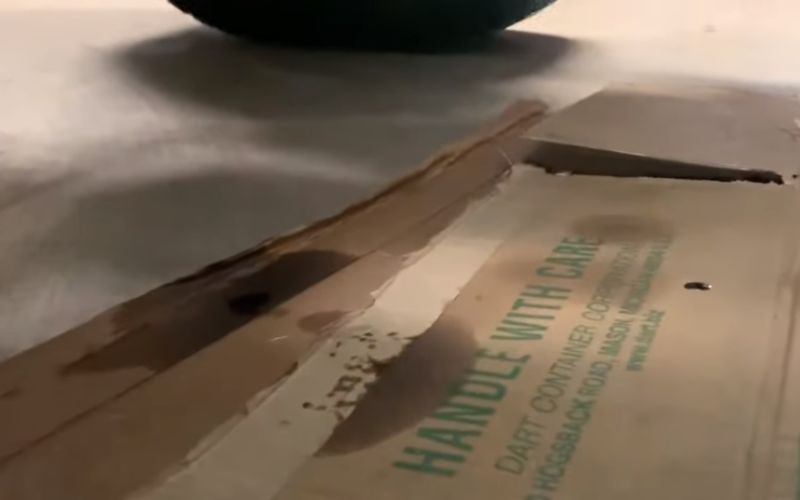
Faulty gaskets are a common issue for oil leaks in Jeep Wranglers. These gaskets act as seals between the engine and transmission.
When they wear out or get damaged, oil can leak. This is a problem that needs quick attention to avoid further damage.
Symptoms
| Issue | Symptoms |
|---|---|
| Oil Spots | Spots of oil observed under the vehicle. |
| Burning Smell | Burning smell detected from the engine area. |
| Low Oil Levels | Low oil levels indicated on the dipstick. |
| Engine Overheating | Engine temperature rises, indicating potential overheating. |
Tools Needed for Troubleshooting
- Socket set
- Screwdrivers
- Oil catch pan
- Gloves
- Safety goggles
- Jack and jack stands
Step-by-Step Troubleshooting Guide
| Step | Action | |
|---|---|---|
| 1. | Safety First | Put on gloves and safety goggles. |
| 2. | Lift the Vehicle | Use a jack to lift the Jeep and secure it with jack stands. |
| 3. | Locate the Gasket | Use a flashlight to find the gasket between the engine and transmission. |
| 4. | Check for Leaks | Look for oil around the gasket area. |
| 5. | Remove Old Gasket | Use a socket set and screwdrivers to remove the faulty gasket. |
| 6. | Clean the Area | Wipe down the surfaces where the gasket sits. |
| 7. | Install New Gasket | Place the new gasket and tighten it with your tools. |
| 8. | Test | Start the engine and check for leaks. |
| 9. | Lower the Vehicle | If all is good, lower your Jeep back to the ground. |
Damaged Seals
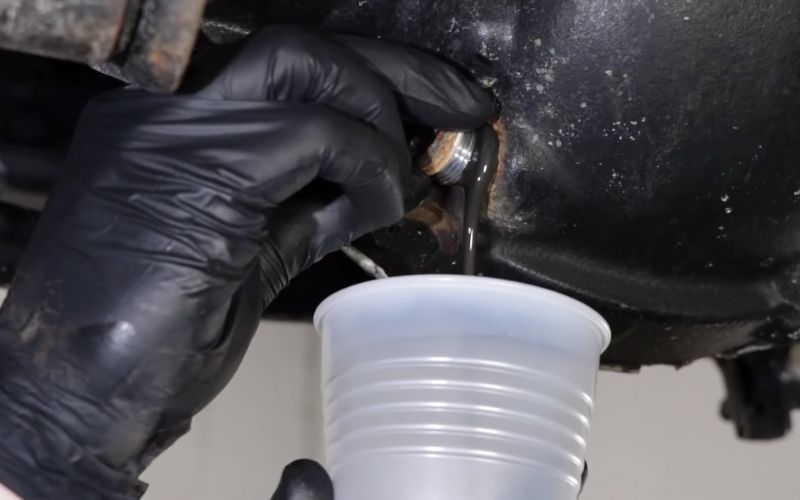
These seals keep oil inside the engine and transmission. When they crack or wear out, oil can escape.
This is not just messy; it’s risky for your Jeep’s health.
Symptoms
| Issue | Symptoms |
|---|---|
| Puddles of Oil | Puddles of oil under the car. |
| Oil Warning Light | Oil warning light on the dashboard. |
| Odd Noises from Engine | Odd noises coming from the engine. |
| Reduced Engine Performance | Reduced engine performance affecting power and speed. |
Tools Needed for Troubleshooting
- Wrench set
- Oil catch pan
- Jack and jack stands
- Flashlight
- Safety gear: gloves and goggles
Step-by-Step Troubleshooting Guide
| Step | Action | |
|---|---|---|
| 1. | Raise the Car | Use a jack to lift the Jeep and secure it with jack stands. |
| 2. | Find the Seals | Use a flashlight to locate the seals between the engine and transmission. |
| 3. | Check for Damage | Look for signs of oil around the seals. |
| 4. | Remove Damaged Seals | Use a wrench to take off the damaged seals. |
| 5. | Clean Up | Wipe the area clean before installing new seals. |
| 6. | New Seals | Put in the new seals and tighten them with a wrench. |
| 7. | Test Drive | Start the car and check for leaks. Drive around a bit to ensure no leaks. |
| 8. | Lower the Car | If no leaks are found, lower the Jeep. |
Valve Cover Rail

A faulty valve cover rail can cause oil leaks. This part seals the gap between the valve cover and the engine.
When it gets damaged or wears out, oil can leak. This is bad for your Jeep and can lead to bigger problems.
Symptoms
| Issue | Symptoms |
|---|---|
| Oil Stains on Valve Cover | Presence of oil stains on the valve cover. |
| Burning Smell | Burning smell detected from the engine. |
| Smoke from Under the Hood | Smoke observed emanating from under the hood. |
| Low Oil Levels | Low oil levels indicated. |
Tools Needed for Troubleshooting
- Socket set
- Screwdriver
- Oil catch pan
- Flashlight
- Safety gear: gloves and goggles
Step-by-Step Troubleshooting Guide
| Step | Action | |
|---|---|---|
| 1. | Lift the Hood | Open the hood to access the engine. |
| 2. | Spot the Valve Cover | Use a flashlight to find the valve cover rail. |
| 3. | Check for Leaks | Look for oil stains or wet spots around the valve cover rail. |
| 4. | Remove Old Rail | Use a socket set to remove the bolts. Take off the old rail. |
| 5. | Clean Area | Wipe down the area where the old rail was. |
| 6. | Install New Rail | Place the new rail and secure it with bolts. |
| 7. | Check Work | Start the engine. Look for leaks around the new rail. |
| 8. | Test Drive | Take a short drive to make sure the issue is fixed. |
Clogged Engine Oil Filter
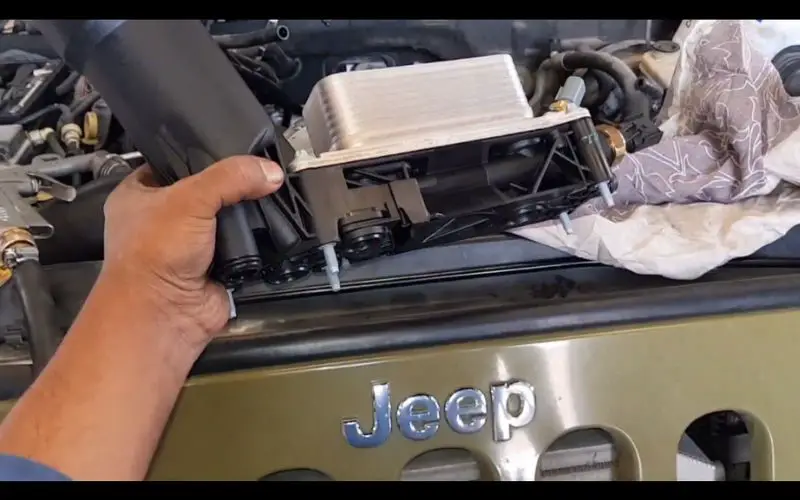
The filter removes dirt and debris from the oil. When it’s clogged, oil can’t flow well. This increases pressure and can force oil out, causing leaks.
Symptoms
| Issue | Symptoms |
|---|---|
| Oil Spots | Spots of oil observed under the car. |
| Engine Overheating | Engine temperature rises, indicating potential overheating. |
| Poor Engine Performance | Reduced engine performance affecting overall power and speed. |
| Warning Lights | Dashboard warning lights indicating potential issues. |
Tools Needed for Troubleshooting
- Socket wrench
- Oil catch pan
- New oil filter
- Gloves
- Safety goggles
Step-by-Step Troubleshooting Guide
| Step | Action | |
|---|---|---|
| 1. | Locate Filter | Find the oil filter under the engine. |
| 2. | Place Catch Pan | Put an oil catch pan under the filter. |
| 3. | Remove Old Filter | Use a socket wrench to unscrew the old filter. |
| 4. | Check for Clogs | Look inside the old filter for debris. |
| 5. | Install New Filter | Screw in the new filter. Make it snug but not too tight. |
| 6. | Lower the Car | Use the jack to lower the Jeep back down. |
| 7. | Check for Leaks | Start the engine and look for any new oil leaks. |
| 8. | Test Drive | Take your Jeep for a short drive to ensure the issue is resolved. |
Worn-out O-rings
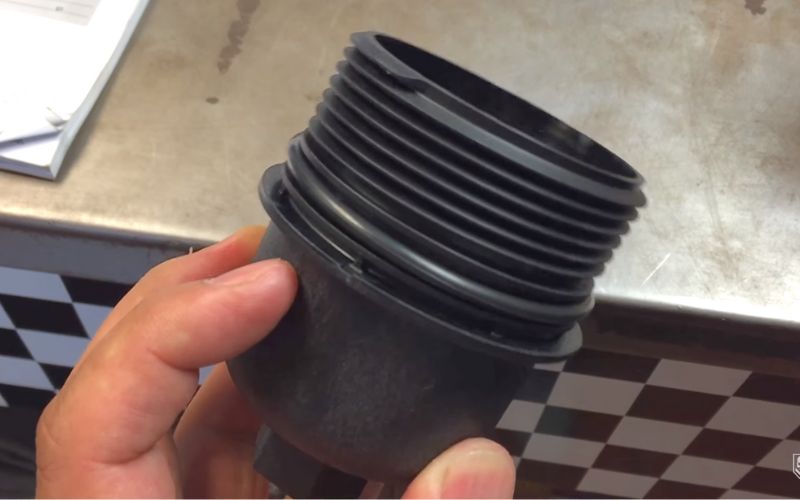
Worn-out O-rings are a common issue. These rubber rings seal connections in the engine. Over time, they can degrade.
When they fail, oil can leak between the engine and transmission.
Symptoms
| Issue | Symptoms |
|---|---|
| Oil Puddles | Puddles of oil observed under the car. |
| Low Oil Levels | Low levels of oil indicated. |
| Burning Smell | Burning smell detected from the engine. |
| Engine Warning Lights | Warning lights on the dashboard indicating potential engine issues. |
Tools Needed for Troubleshooting
- Socket set
- Screwdriver
- New O-rings
- Oil catch pan
- Gloves
Step-by-Step Troubleshooting Guide
| Step | Action | |
|---|---|---|
| 1. | Raise the Car | Use a jack to lift the Jeep. |
| 2. | Find the O-rings | Locate the O-rings between the engine and transmission. |
| 3. | Place Oil Pan | Put an oil catch pan under the work area. |
| 4. | Remove Old O-rings | Use a screwdriver to pry out the old O-rings. |
| 5. | Inspect | Check the old O-rings for wear and tear. |
| 6. | Install New O-rings | Place the new O-rings into the slots. |
| 7. | Tighten | Use a socket set to secure any bolts or connections. |
| 8. | Lower the Car | Use the jack to bring the car back down. |
| 9. | Check | Start the engine and check for leaks. |
Cracked Transmission Case
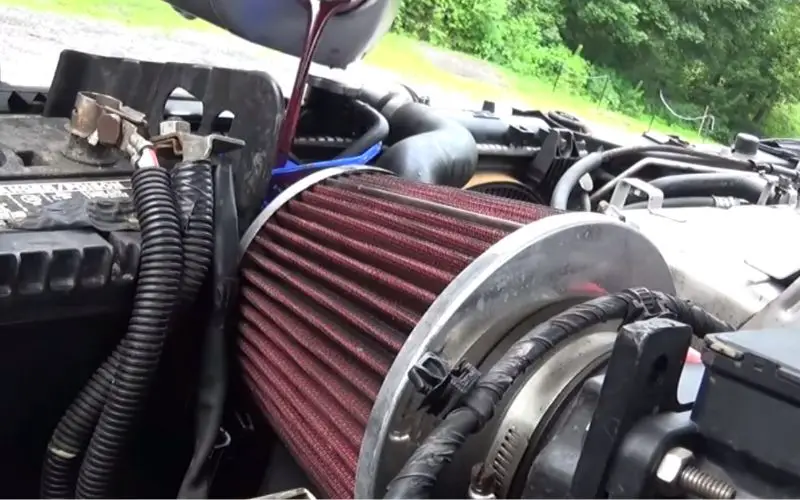
A cracked transmission case is a serious issue. It can happen due to impact or wear and tear.
The case holds the transmission fluid. When it cracks, the fluid leaks, affecting the engine and transmission.
Symptoms
| Issue | Symptoms |
|---|---|
| Puddles of Fluid | Puddles of red or brown fluid observed under the car. |
| Slipping Gears | Gears slipping during gear shifts. |
| Transmission Warning Light | Warning light on the dashboard indicating potential transmission issues. |
| Strange Noises | Strange noises heard when shifting gears. |
Tools Needed for Troubleshooting
- Jack and jack stands
- Socket set
- Screwdriver
- Transmission fluid
- Sealant
Step-by-Step Troubleshooting Guide
| Step | Action | |
|---|---|---|
| 1. | Locate the Crack | Find the cracked area on the transmission case. |
| 2. | Drain Fluid | Place a pan under the transmission and remove the drain plug. |
| 3. | Clean the Area | Wipe down the cracked area. |
| 4. | Apply Sealant | Use a sealant to patch small cracks temporarily. |
| 5. | Replace Parts | For larger cracks, consider replacing the case. |
| 6. | Refill Fluid | Add new transmission fluid. |
| 7. | Lower the Car | Use the jack to lower the Jeep. |
| 8. | Test Drive | Take a short drive to see if the issue is fixed. |
How to Take Preventive Measures?
Taking preventive measures is key to a long-lasting vehicle.
- First, regular check-ups are a must. Don’t skip oil changes. They keep the engine smooth.
- Next, pay attention to warning lights. They’re your car’s way of saying something’s off.
- Now, let’s talk about fluids. Keep them at the right levels. This includes coolant, brake fluid, and transmission fluid. Low levels can lead to big problems.
- Last but not least, listen to your car. Odd noises often signal issues. Address them early to avoid costly repairs later.
Remember, prevention is better than cure. A little care today can save you a lot of trouble tomorrow. So, why wait? Start these simple steps today.
Conclusion
Troubleshooting and addressing oil leaks between the engine and transmission in your Jeep Wrangler is crucial for its health.
Whether it’s faulty gaskets, damaged seals, or other issues, prompt action is important.
Regular maintenance, fluid checks, and listening to your vehicle can prevent future problems.
Remember, taking care today can save you from costly repairs tomorrow. Start these simple steps now for a trouble-free Jeep experience.
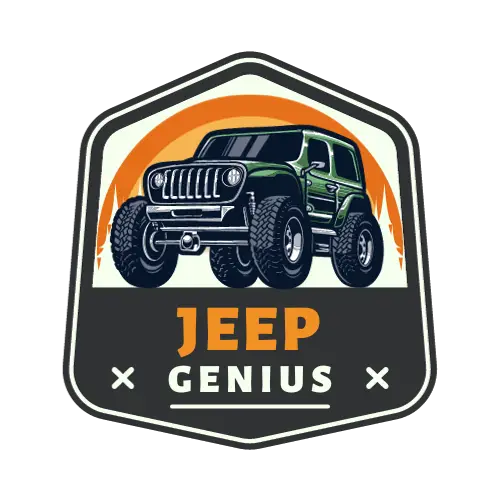
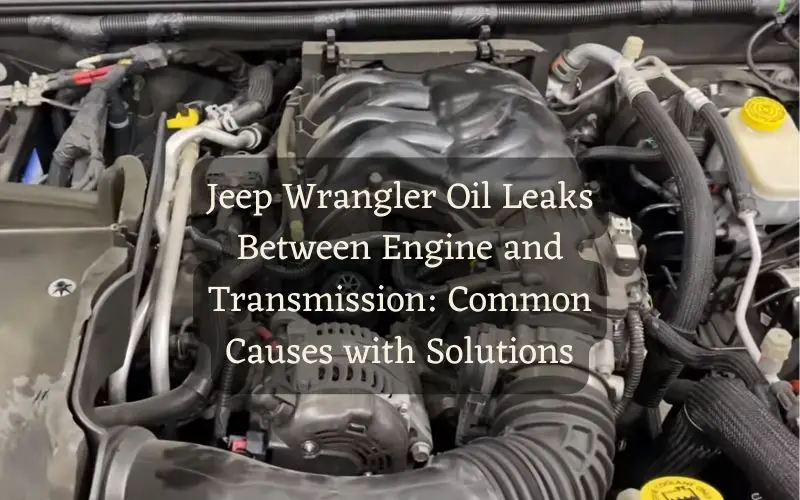
Leave a Reply